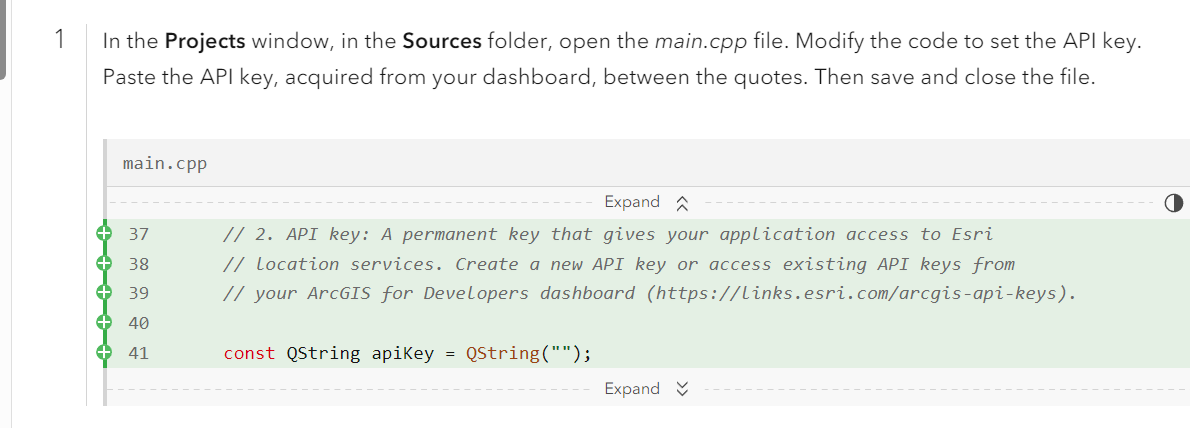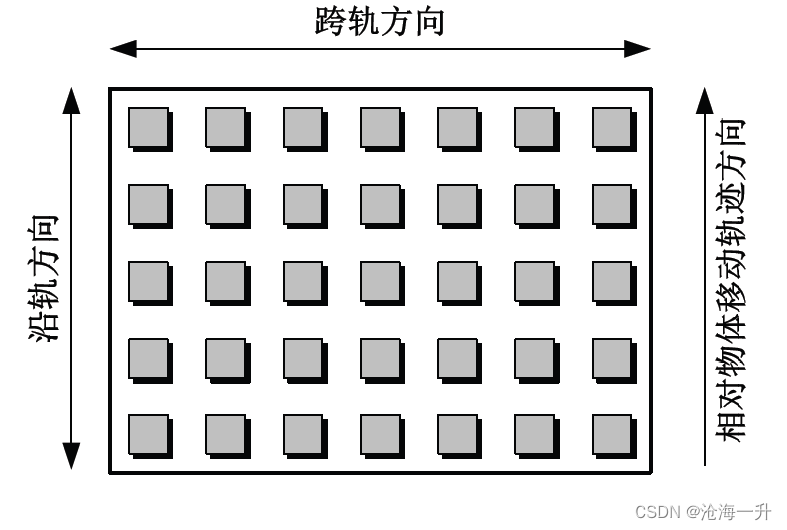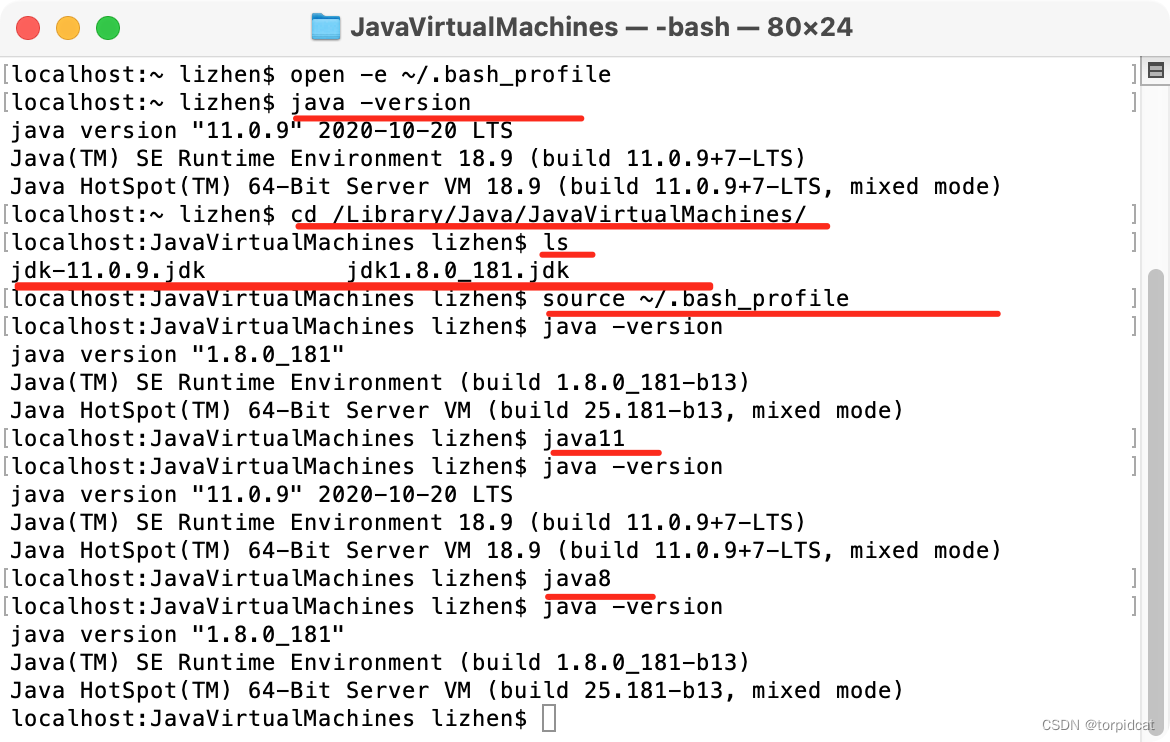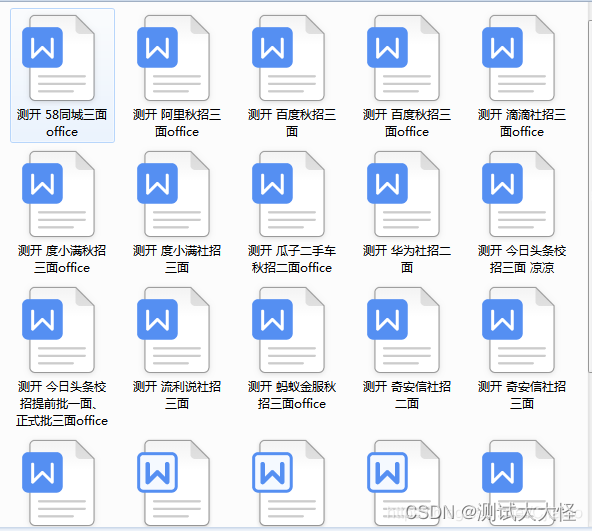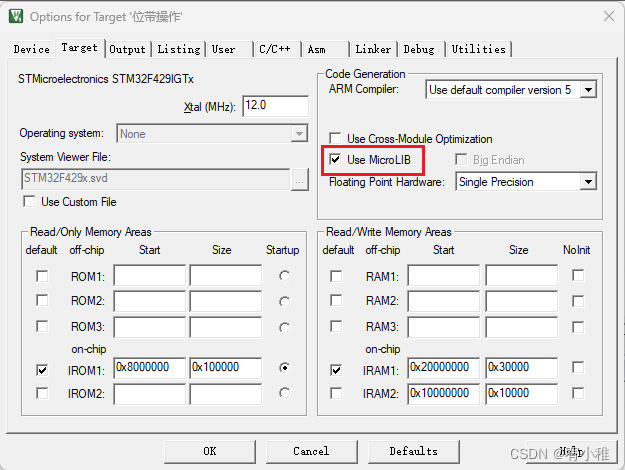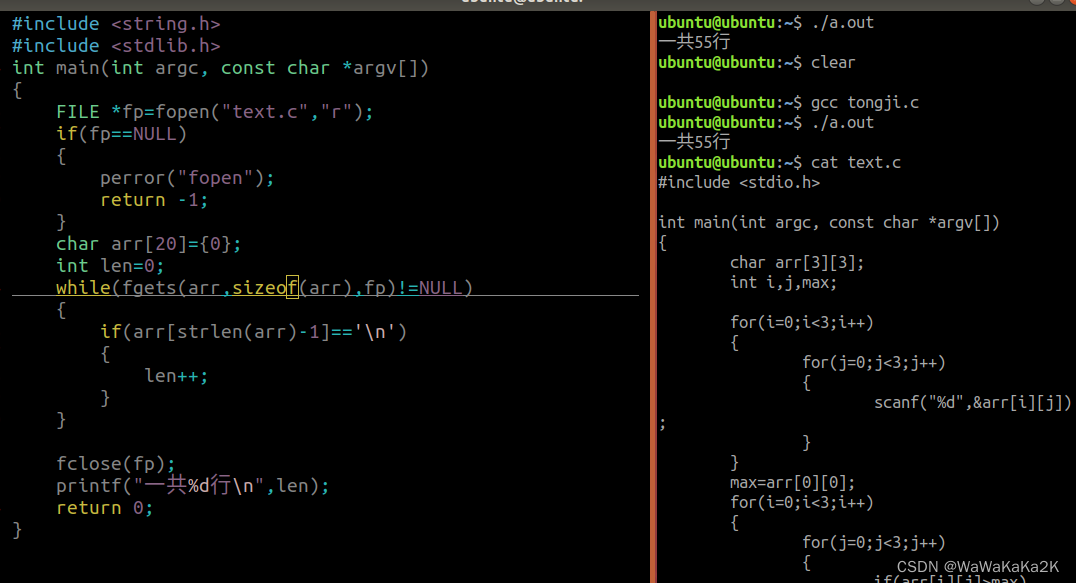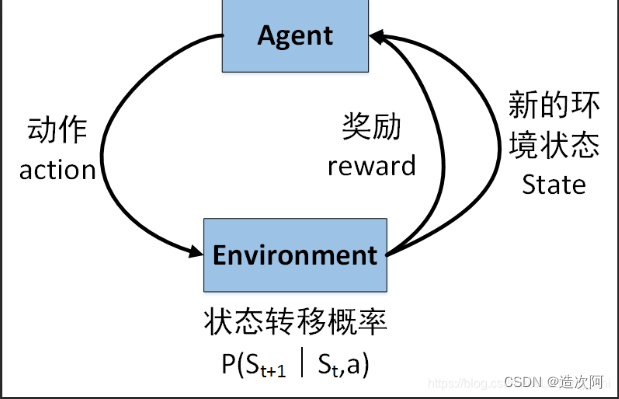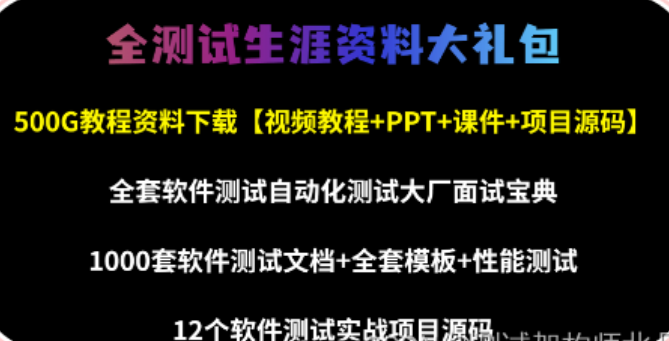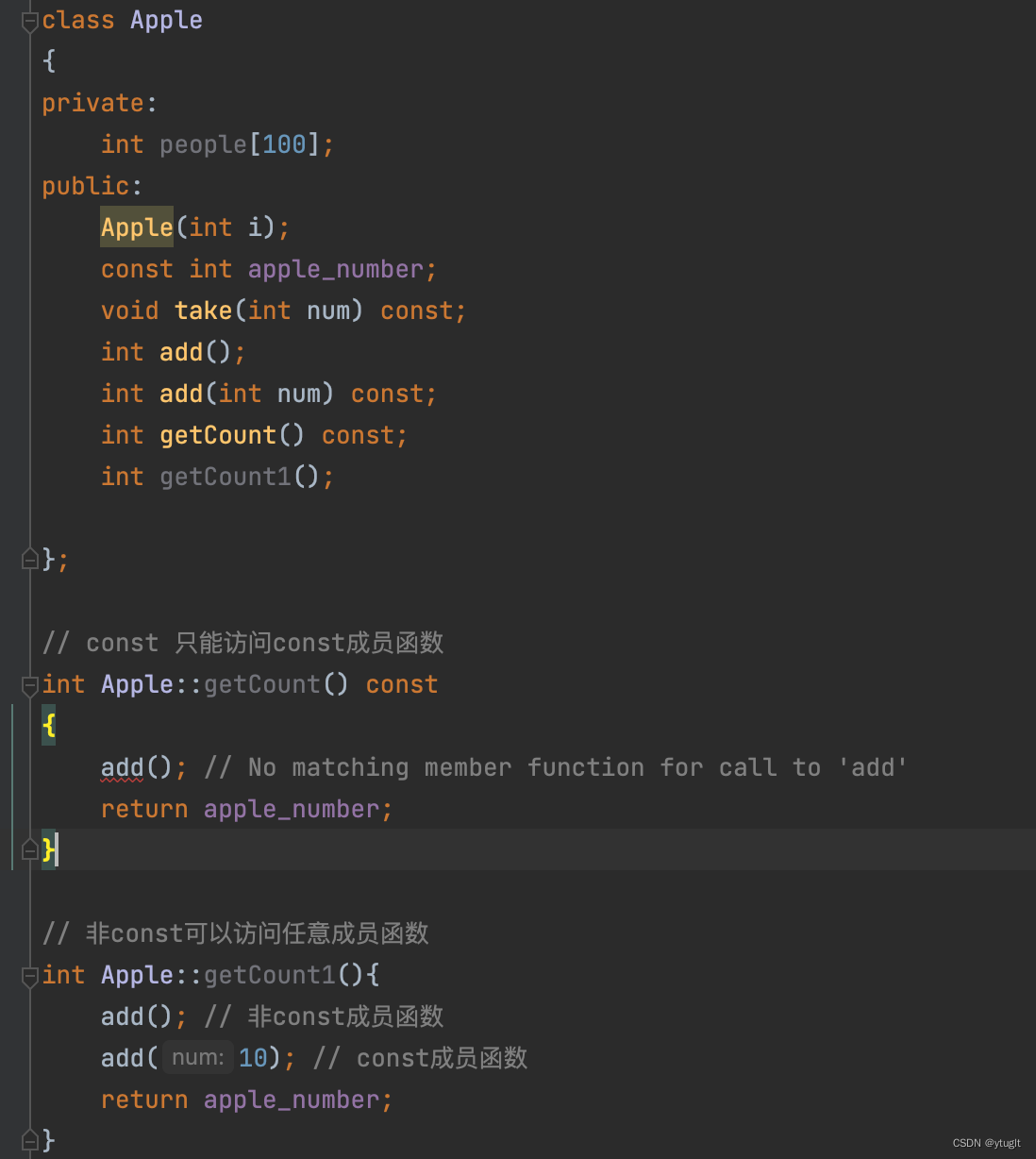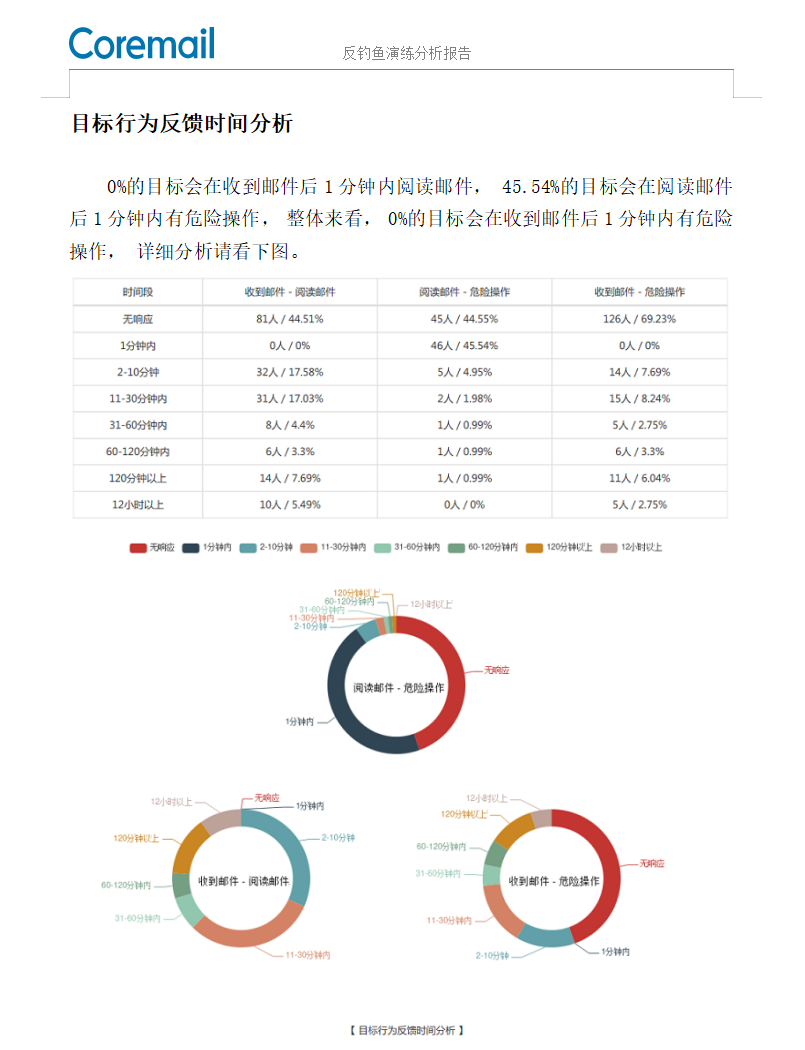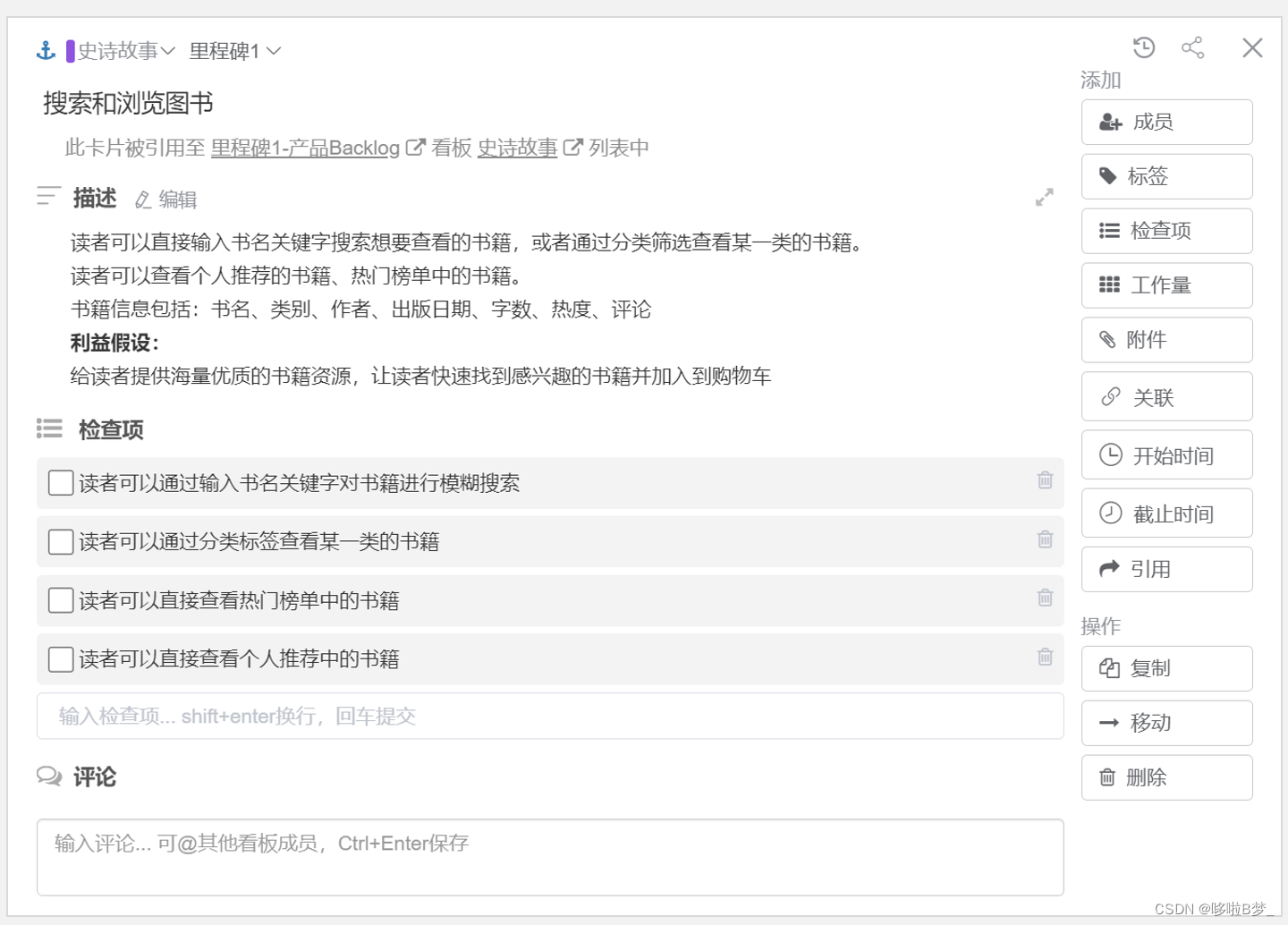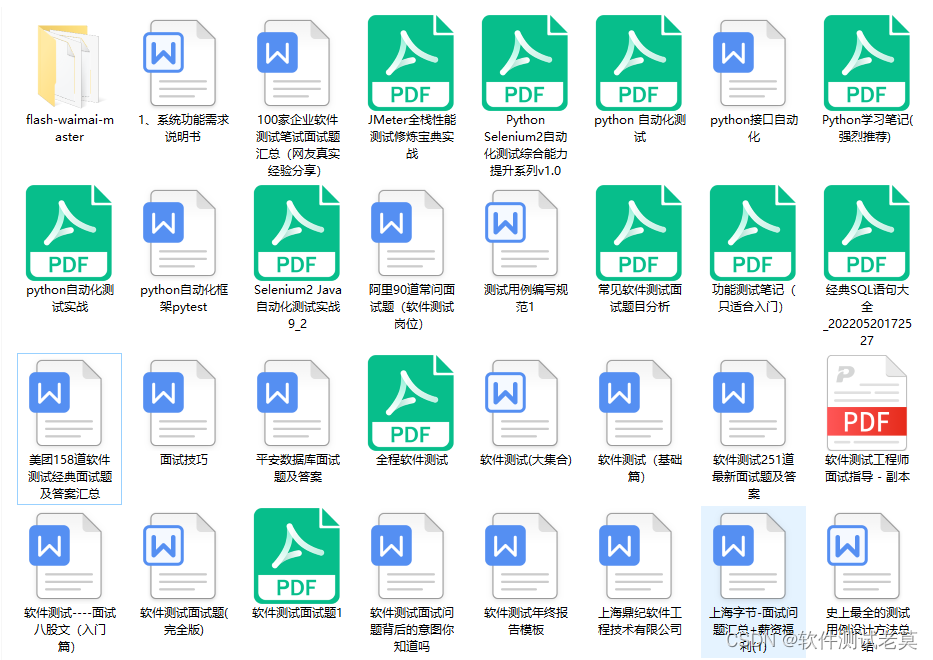XML如下这种:

-
转换代码
import os import xml.etree.ElementTree as ET # xml文件存放目录(修改成自己的文件名) input_dir = r'C:\121\Annotations' # 输出txt文件目录(自己创建的文件夹) out_dir = r'C:\121\txt' class_list = [] # 获取目录所有xml文件 def file_name(input_dir): F = [] for root, dirs, files in os.walk(input_dir): for file in files: # print file.decode('gbk') #文件名中有中文字符时转码 if os.path.splitext(file)[1] == '.xml': t = os.path.splitext(file)[0] F.append(t) # 将所有的文件名添加到L列表中 return F # 返回L列表 # 获取所有分类 def get_class(filelist): for i in filelist: f_dir = input_dir + "\\" + i + ".xml" in_file = open(f_dir, encoding='UTF-8') filetree = ET.parse(in_file) in_file.close() root = filetree.getroot() for obj in root.iter('object'): cls = obj.find('name').text if cls not in class_list: class_list.append(cls) def ConverCoordinate(imgshape, bbox): # 将xml像素坐标转换为txt归一化后的坐标 xmin, xmax, ymin, ymax = bbox width = imgshape[0] height = imgshape[1] dw = 1. / width dh = 1. / height x = (xmin + xmax) / 2.0 y = (ymin + ymax) / 2.0 w = xmax - xmin h = ymax - ymin # 归一化 x = x * dw y = y * dh w = w * dw h = h * dh return x, y, w, h def readxml(i): f_dir = input_dir + "\\" + i + ".xml" txtresult = '' outfile = open(f_dir, encoding='UTF-8') filetree = ET.parse(outfile) outfile.close() root = filetree.getroot() # 获取图片大小 size = root.find('size') width = int(size.find('width').text) height = int(size.find('height').text) imgshape = (width, height) # 转化为yolov5的格式 for obj in root.findall('object'): # 获取类别名 obj_name = obj.find('name').text obj_id = class_list.index(obj_name) # 获取每个obj的bbox框的左上和右下坐标 bbox = obj.find('bndbox') xmin = float(bbox.find('xmin').text) xmax = float(bbox.find('xmax').text) ymin = float(bbox.find('ymin').text) ymax = float(bbox.find('ymax').text) bbox_coor = (xmin, xmax, ymin, ymax) x, y, w, h = ConverCoordinate(imgshape, bbox_coor) txt = '{} {} {} {} {}\n'.format(obj_id, x, y, w, h) txtresult = txtresult + txt # print(txtresult) f = open(out_dir + "\\" + i + ".txt", 'a') f.write(txtresult) f.close() # 获取文件夹下的所有文件 filelist = file_name(input_dir) # 获取所有分类 get_class(filelist) # 打印class print(class_list) # xml转txt for i in filelist: readxml(i) # 在out_dir下生成一个class文件 f = open(out_dir + "\\classes.txt", 'a') classresult = '' for i in class_list: classresult = classresult + i + "\n" f.write(classresult) f.close()
JSON格式一:
{“image”: “3591.jpg”, “annotations”: [{“label”: “boat”, “coordinates”: {“x”: 163.9615384615385, “y”: 76.0384615384616, “width”: 146.0, “height”: 23.0}}, {“label”: “boat”, “coordinates”: {“x”: 247.4615384615385, “y”: 38.538461538461604, “width”: 291.0, “height”: 52.0}}, {“label”: “boat”, “coordinates”: {“x”: 1756.9615384615386, “y”: 32.538461538461604, “width”: 136.0, “height”: 56.0}}]}]
-
对应的转换代码如下:
import os import json # 指定包含 JSON 文件的文件夹路径 folder_path = "C:/labels/json/" # 获取文件夹中所有 JSON 文件的文件名 json_files = [f for f in os.listdir(folder_path) if f.endswith(".json")] for json_file in json_files: # 构建 JSON 文件的完整路径 json_path = os.path.join(folder_path, json_file) # 读取 JSON 文件 with open(json_path, "r") as file: data = json.load(file) # 提取注释信息 annotations = data[0]['annotations'] # 转换为文本格式 annotations_str = "" for annotation in annotations: coordinates = annotation['coordinates'] #设置输出的内容格式 #annotation_str = f"label: {annotation['label']}, x: {coordinates['x']}, y: {coordinates['y']}, width: {coordinates['width']}, height: {coordinates['height']}\n" annotation_str = f"{'0'} {coordinates['x']} {coordinates['y']} {coordinates['width']} {coordinates['height']}\n" annotations_str += annotation_str # 构建文本文件的路径和文件名 txt_file = os.path.splitext(json_file)[0] + ".txt" txt_path = os.path.join(folder_path, txt_file) # 保存注释信息为文本文件 with open(txt_path, "w") as file: file.write(annotations_str)JSON格式二
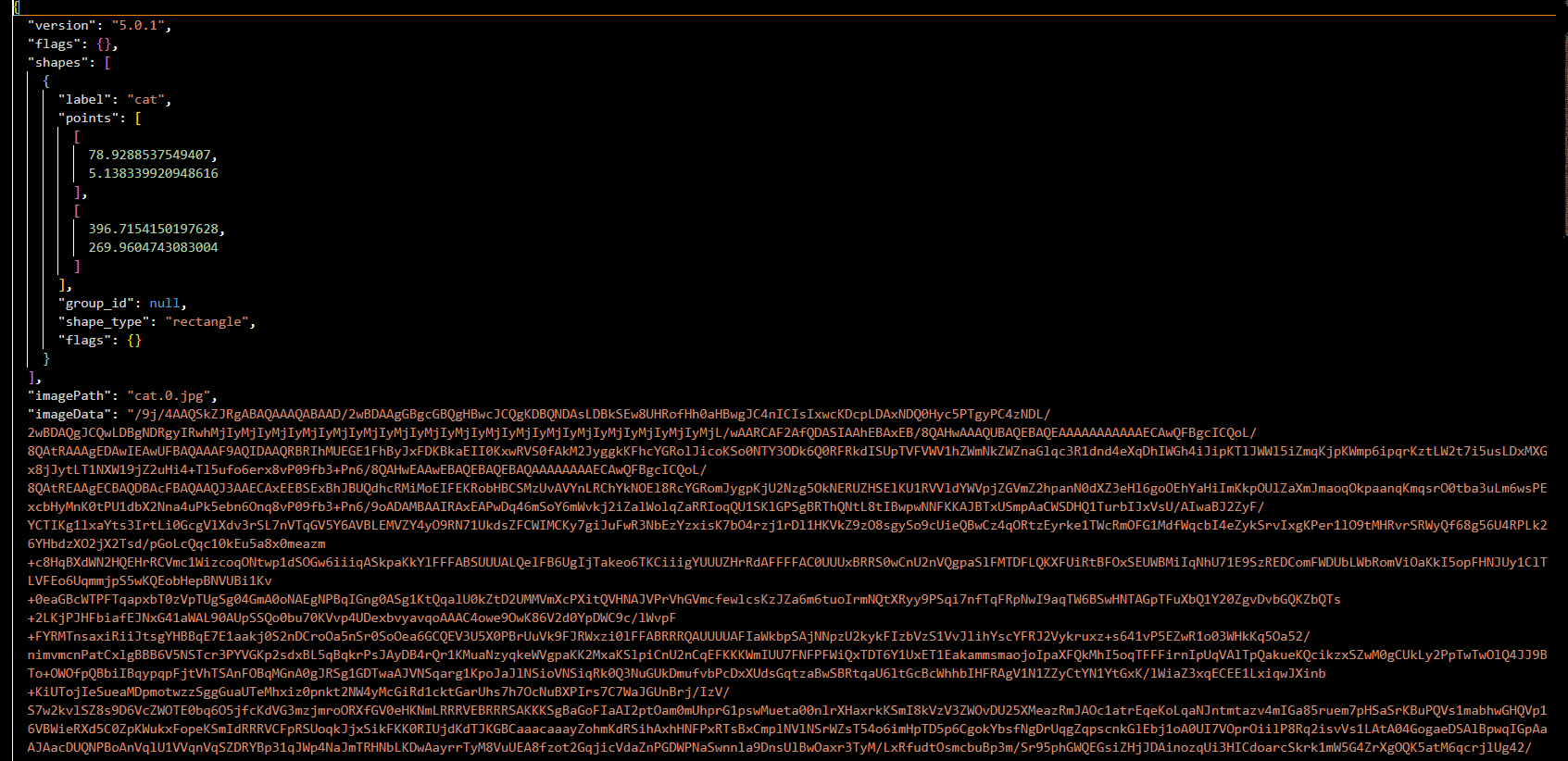
-
转换代码
import json
import os
name2id = {'boat': 0} # 标签名称
def convert(img_size, box):
dw = 1. / (img_size[0])
dh = 1. / (img_size[1])
x = (box[0] + box[2]) / 2.0 - 1
y = (box[1] + box[3]) / 2.0 - 1
w = box[2] - box[0]
h = box[3] - box[1]
x = x * dw
w = w * dw
y = y * dh
h = h * dh
return (x, y, w, h)
def decode_json(json_floder_path, json_name):
txt_name = 'C:/Users/labels/txt/' + json_name[0:-5] + '.txt'
# txt文件夹的绝对路径
txt_file = open(txt_name, 'w')
json_path = os.path.join(json_floder_path, json_name)
data = json.load(open(json_path, 'r', encoding='gb2312', errors='ignore'))
img_w = data['imageWidth']
img_h = data['imageHeight']
for i in data['shapes']:
label_name = i['label']
if (i['shape_type'] == 'rectangle'):
x1 = int(i['points'][0][0])
y1 = int(i['points'][0][1])
x2 = int(i['points'][1][0])
y2 = int(i['points'][1][1])
bb = (x1, y1, x2, y2)
bbox = convert((img_w, img_h), bb)
txt_file.write(str(name2id[label_name]) + " " + " ".join([str(a) for a in bbox]) + '\n')
if __name__ == "__main__":
json_floder_path = 'C:/Users/labels/json/'
# json文件夹的绝对路径
json_names = os.listdir(json_floder_path)
for json_name in json_names:
decode_json(json_floder_path, json_name)


